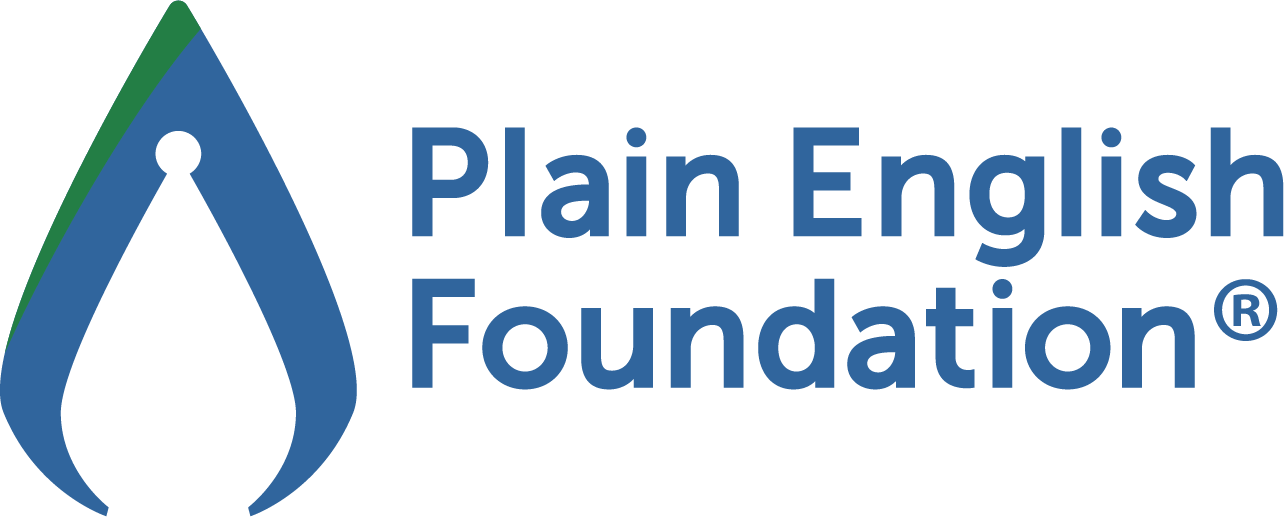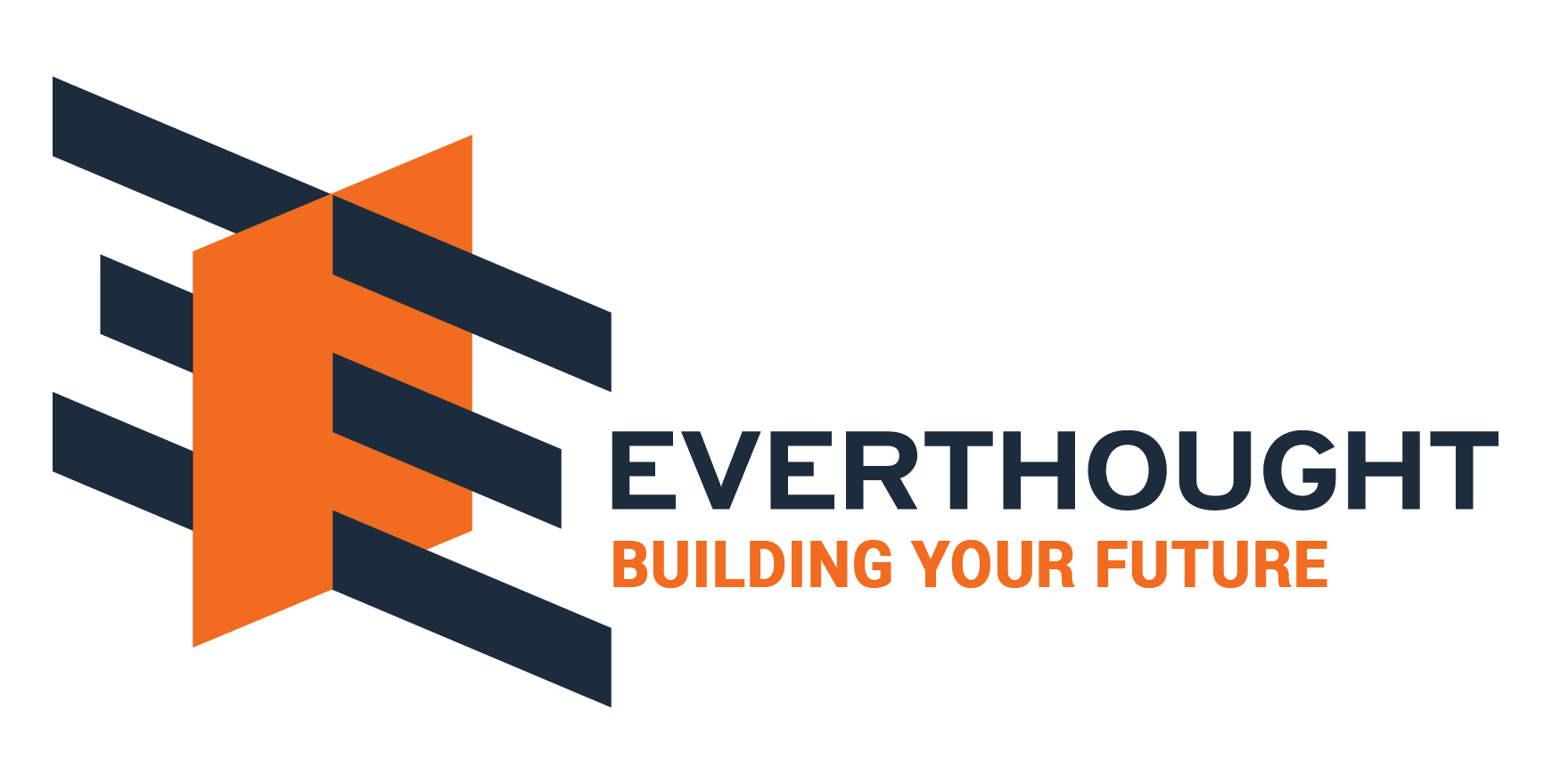Le transfert de Jean-Pierre Papin à Marseille aura coûté en 1986 moins de 2 millions d’Euros. Qui aurait pensé que 30 ans plus tard un autre club français paie plus de 100 fois cette somme pour s’offrir un joueur?
Le footballeur est un produit qui s’achète et
se vend dans une logique d’économie de marché. L’argent coule à flots. Quelques
clubs se partagent des droits TV faramineux. Le public accourt et acclame. Les
dieux du stade font état de leur art sur le terrain et squattent les réseaux
sociaux pour étaler leurs états d’âme et leurs coiffures stylées.
Karl Marx disait « La religion est
l’opium du peuple ». Jean-Marie Brohm s’en est inspiré quand il a dit
« Le football, institution capitaliste, opium du peuple et peste
émotionnelle ». Le propos n’est pas
ici de critiquer ce business lucratif dirigé depuis la Suisse (Zurich pour la
FIFA et Nyon pour l’UEFA) ni d’ailleurs de débattre de la contribution du
football au BNB mondial (bonheur national brut). Nous allons simplement tenter
d’identifier quelques techniques utilisées pour nourrir cette inflation stratosphérique.
Avoir
des objectifs ambitieux
Les négociateurs du football savent définir
des objectifs ambitieux et ils gèrent le processus de la négociation avec
maestria afin d’atteindre leurs objectifs.
Créer
un biotope favorable
L’art des motoristes du football consiste à
créer un biotope, une atmosphère, une économie de marché attirant talents,
public, médias et sponsors. Le carburant est pompé à bas coût dans les écoles
de football et les championnats régionaux. Il est ensuite injecté dans les
réservoirs des championnats nationaux pour en faire monter le prix et il finit
par exploser dans des compétitions comme la ligue des champions.
Comprendre
les besoins
La machine bien graissée répond aux besoins
d’émotions du public. La dramaturgie montre des moments magiques, d’autres
moins beaux et parfois même injustes, cruels ou carrément dramatiques.
Changer
les acteurs
Le transfert de joueurs est également mis en
scène pour susciter des passions et pour atteindre année après année des
sommets plus élevés.
Signer des
contrats de longue durée
La durée rassure. Une prolongation du contrat
avant son terme permet d’augmenter la clause libératoire. Ce niveau revu à la
hausse ancre le prix du futur transfert et crée un nouveau prix de marché (222
millions d’Euros pour Neymar Jr).
Favoriser
la rupture du contrat avant son terme
Aller au terme du contrat n’est que rarement
dans l’intérêt du joueur et de son agent. Bien souvent la valeur du joueur en
fin de contrat est nulle.
Créativité
budgétaire
Ancien cadre de l’équipe de France, Djibril
Cissé vient à 36 ans de rejoindre un club de 3ème division suisse.
Le président d’Yverdon-Sport a déclaré « Le coût de l’opération est totalement
hors budget de fonctionnement du club ».
Créativité
règlementaire
Neymar paye de sa poche le montant de la
clause libératoire à son ancien club. Cette manœuvre permettrait de contourner
la règle du fair-play financier, adoptée en 2010 par l’UEFA pour empêcher les
dépenses excessives faites par les clubs professionnels.
Créativité
de trop…
Le transfert de Kylian Mbappé pour 180
millions d’Euros. Apparemment, Kylian est prêté par Monaco au PSG pour une
saison. Il s’agirait d’un prêt conditionnel qui ne se transformerait en
transfert que si la clause conditionnelle était respectée. Une enquête a été diligentée
par l’UEFA. Affaire à suivre.
En
résumé, les négociateurs seront attentifs à:
- Se fixer des objectifs ambitieux
- Utiliser le temps de la
pré-négociation pour créer l’atmosphère recherchée - Comprendre les besoins exprimés
mais aussi les besoins cachés des intervenants - Bien réfléchir à la durée des
contrats et à la manière d’en sortir - Planifier des tactiques et des
contre-tactiques et les appliquer - Être créatif (sans aller trop loin
dans la mauvaise foi…)
Afin d’approfondir la discussion sur cet article ainsi que d’explorer le
développement de vos capacités de négociation, contactez-nous par courrier
électronique ou par téléphone +612 9299 9688.
English
In 1986, the transfer of Jean-Pierre Papin to Marseille costed less than
2 million Euros. Who would have thought that 30 years later, another French
club would pay over 100 times more in order to obtain a player?
The football
player is a product that is being bought and sold in the logic of the market
economy. Money flows. Some clubs share staggering TV rights. The public rushes
and cheers. The gods of the stadium display their art on the green and spread
personal lives and new hairstyles all over the tabloid and social media.
Karl Marx
once said “religion is the opiate of the masses”. Which inspired Jean-Marie
Brohm when he said “Football, capitalist institution, people’s opium and
emotional plague”. The scope here isn’t to criticise this lucrative business
directed from Switzerland (Zurich for FIFA and Nyon for UEFA) nor to debate the
contribution of football to the worldwide GNH (Gross National Happiness). We
will simply attempt to identify some technics used to feed this astronomical
inflation.
Setting ambitious goals
Football
negotiators know how to define ambitious objectives and they masterfully manage
the negotiation process in order to attain their objectives.
Create a favourable climate
The art of
the engine of football is to create a climate, an atmosphere, a market economy
attracting talents, public, media and sponsors. Fuel is pumped at low cost in
football schools and regional championships. It is then injected into the tanks
of the national championships to raise the price and it ends up bursting into
competitions like the league of champions.
Understanding the needs
The
well-oiled machine responds to the public’s emotional needs. The performance show-cases
moments that are magical, others not so pretty or sometimes even unfair, cruel
or downright dramatic.
Change actors
The transfer
of players is also a screenplay to entice passion and to attain, year after
year, ever higher summits.
Sign long-term contracts
The length
reassures. An extension before a contract’s term allows to increase the release
clause. This ever rising level anchors the price of the future transfer and
creates a new market price (222 million Euros for Neymar Jr).
Promote the termination of the contract
before its term
To go to the
end of one’s contract is very rarely in the player’s interest or his agent’s.
More often than not, a player loses his value once his contract has expired.
Budgetary creativity
Former
executive of the French team, Djibril Cissé has just joined a 3rd
division Swiss club at the age of 36. Yverdon-Sport’s president has declared
that “the cost of the transaction is totally off the club’s operating budget”.
Regulatory creativity
Naymar pays
from his own pocket the amount of the release clause from his former club. This
exercise allows to circumvent the rule of financial fair-play adopted by the
UEFA in 2010 which prevents professional clubs to spend excessively.
Over the top creativity
The transfer
of Kylian Mbappé for 180 million Euros. Allegedly, Kylian is being loaned to
PSG by Monaco for one season. It is supposed to be a conditional loan that
would only become a transfer if the conditional clause is met. An investigation
was carried out by UEFA. To be continued.
In short, the negotiators will pay
attention to:
- Set ambitious objectives
- Use the pre-negotiation time to create the
desired climate - Understand the spoken needs, but also the hidden
needs of the other party - Consider the length of the contract and how to
get out of it - Plan tactics and counter-tactics to use
- Be creative (without taking it to the extreme…)
To discuss this article in more depth and explore developing your negotiation capabilities, please contact us via email or call +612 9299 9688.









